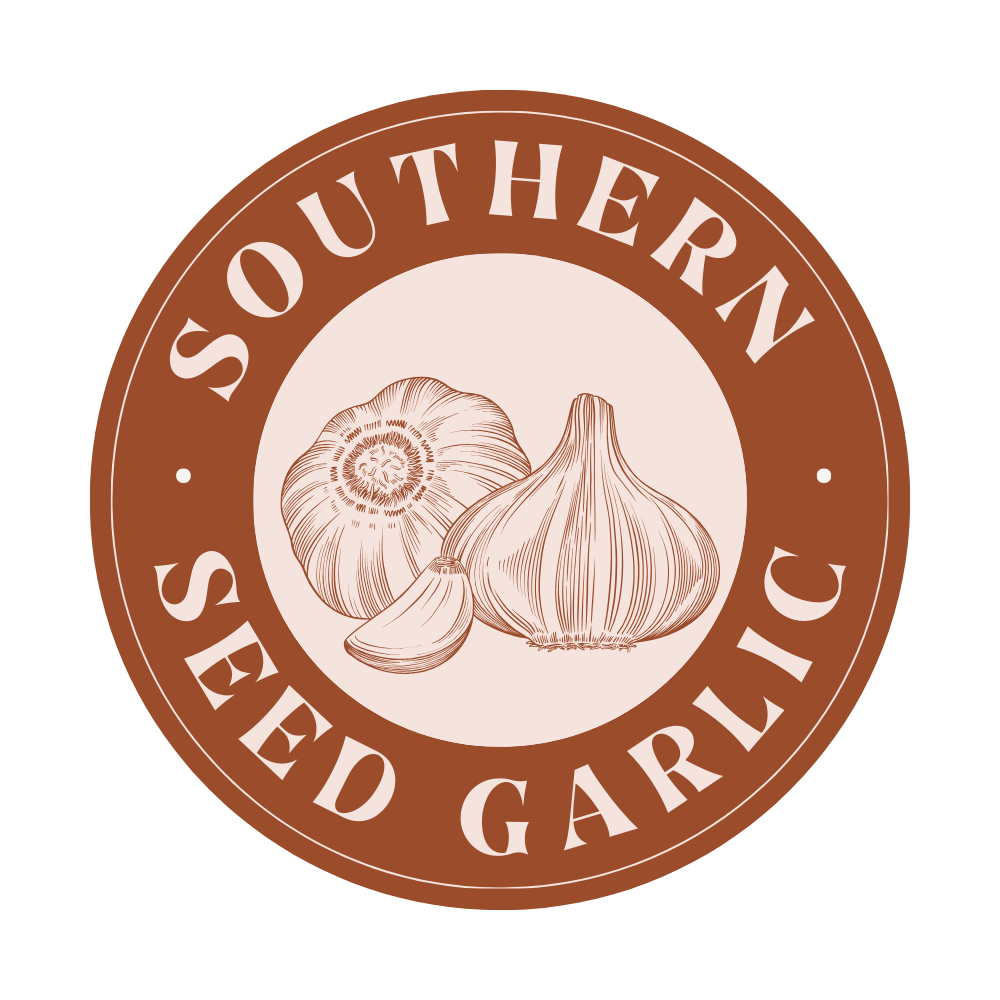Should My Garlic Grow Leaves in Winter?
When Does Garlic Grow Leaves?
Most gardening sources tell you that garlic does not begin sprouting leaves until spring. This is true in the northern United States.
But as you probably already know, southern gardening is its own world.
Down here, just about anything goes. Let’s look at the different stages of garlic growth and what you can expect from your southern garlic.
Fall and Winter
Here in central Arkansas (Zone 7b), we plant in late October and the garlic usually sprouts in about two weeks. It grows to a foot or two in height, with several leaves. Further south, the foliage is even thicker. Further north, it will sprout minimally or not at all.
Most years in our region the top growth remains all winter. A couple winters ago we did have a very cold spell that killed off all our foliage. We were uncertain how this would affect the crop, but it simply produced more growth within a couple of weeks and at harvest times had a good bulb size. If you are wondering if you should cover your garlic against frost or freezes, the answer is no. There is no need to protect your garlic leaves against frost or snow. Garlic is very cold hardy and is usually more productive with as much cold exposure as possible.
Wild garlic is native to cold climates. In regions where it does not sprout until spring, the bulb size is often larger. In these regions the plant develops a strong root system over the winter and does not spend energy on foliage until the last months of the growing season.
However, garlic grown in the South can and does still yield large bulbs. The situation may not be ideal for the garlic’s native climate, but it is a hardy and adaptable plant.
Some growers ask if they should trim their garlic leaves. I do not recommend trimming leaves. It will stress the plant and take more energy from the bulb to produce new foliage.
Spring and Summer
Whether or not your garlic sprouted in the fall, with the first longer days and warm weather of spring, it begins to produce foliage in earnest. The stalk thickens up, adds more leaves, and is beautifully vibrant through the spring and early summer.
As harvest time approaches, the leaves begin to yellow and die back. This is a signal that the bulb is working on reaching maturity for harvest, storage, and reproduction.
When most of the foliage is gone, the bulb is harvested and its life cycle is complete.
In summary, garlic will do what nature and its climates are telling it. Try it out in your own micro-climate, keep it mulched and tended, and watch your garlic grow!
We’ve shipped garlic all over America
We’d love to add you to our garlic growers map!




